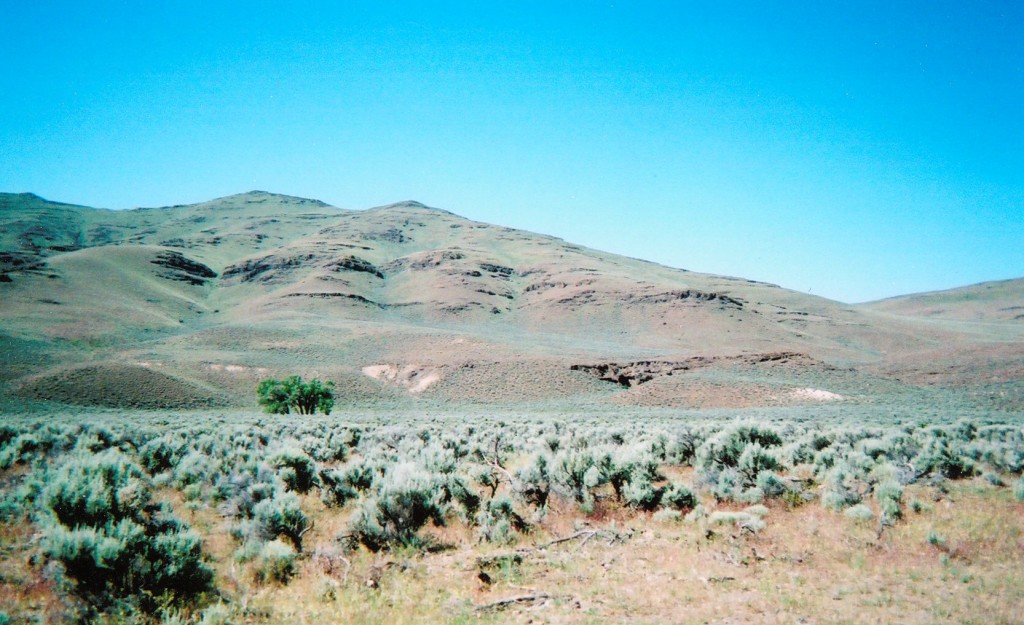
During the 1860s, the United States Military had a major presence in the region.
On November 9, 1862, Nevada Territorial Governor James W. Nye wrote to Brigadier General George Wright, Commander of the Department of the Pacific, and requested a Company of troops to protects the emigrants from the Indians along the Honey Lake-Humboldt Road. On November 14, 1862, the troops were dispatched. On December 15, 1862, Second Lt. Henry W. Williams arrived at Smoke Creek with twenty-five men and forty days of rations. On March 28, 1864, First Lt. Oscar Jewett, then in command, received orders from Fort Churchill to abandon the camp and to remove all valuable property from the camp as was possible.
When the news of the troop withdrawal became public, petitions were circulated from Honey Lake Valley, Surprise Valley and the Humboldt mines and were sent to Brigadier General Wright requesting that the camp be re-established. It was granted. On June 26, 1864, Captain Almond B. Wells arrived at Smoke Creek with a new company of men. Wells changed the name of that outpost to Camp Pollock.
The camp’s isolation, so far removed from any settlement, proved to be the acting commander’s greatest challenge. Morale problems arose due to the remoteness of the camp and nearly half of the men stationed there deserted in the summer of 1864. Thereafter, replacement troops were brought in every two to three weeks.
In May 1866, the camp at Smoke Creek was abolished. Two factors played a key role in that event, even though hostilities between the Indians and travelers continued. First, on July 17, 1865, Fort Bidwell was established in Surprise Valley. This deterred the Indian attacks on the travelers. Secondly, the Civil War had ended. Those who traveled East on this route were stopped by the military at Smoke Creek and required to take the oath of allegiance. One of the most important objectives of Camp Smoke Creek wasn’t necessarily to protect the travelers, but to prevent Southern sympathizers from smuggling gold bullion out of California to finance the Confederate Army.
There is a small cemetery there, which I will go into detail in a future post.